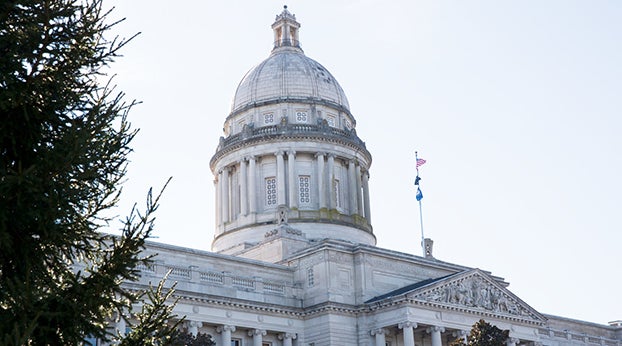Unemployment rate masks Kentucky’s student debt problem
Published 6:18 am Thursday, August 2, 2018
EDITORIAL
The Advocate-Messenger
Kentucky’s unemployment rate has been very low for many months and continued to remain at a positive-sounding 4.2 percent in June, according to the most recent information put out by the Kentucky Education and Workforce Development Cabinet.
But as many are aware, the unemployment rate is only one small pixel in the economic picture. It doesn’t mean everything is great when it’s low and it doesn’t mean everything is terrible when it’s high.
A recent study compiled by WalletHub reveals a much less rosy portion of the economic picture for Kentucky. The report (available online at bit.ly/WHstudentdebt2018) ranks Kentucky as 11th-worst in the nation when it comes to student debt problems. The study found not only do Kentucky students get sidled with a lot of debt, they have a tough time finding jobs after they graduate, making it harder to pay that debt off.
“There is evidence that income potential rises and chances of joblessness decline with more schooling,” the study states. “But many graduates entering the labor market are learning the hard way that a college degree can’t guarantee financial security. Post-college success depends on numerous factors, including where a graduate lays down roots. Student-loan borrowers generally fare better in strong-economy states with low college-debt-to-income ratios.”
According to the study:
• Kentucky has the fifth-highest amount of student debt in the country when looking at it in terms of a percentage of income, adjusted for cost of living.
• Kentucky has the third-highest unemployment rate for people between the ages of 25 and 34 — the ones most likely to be paying on student debt.
• Kentucky has the third-highest percentage in the nation of student-loan balances that are past due or in default.
WalletHub compiled numerous statistics on student debt into a single score for each state in the nation, with a higher number representing a more problematic student-debt situation. Kentucky had the 11th-highest score at 55.79, just behind Indiana at 56.53 and just ahead of Delaware at 55.52. South Dakota had the highest score at 71.41; Utah had the lowest score at 13.77.
There’s been a lot of good work done at local and state levels in recent years to try to help people get good educations and find employment. Danville’s own Bluegrass Community and Technical College campus is one great example of a higher education institution doing great things to give its graduates a bright future.
But there are problems, too — the state has been cutting funding for public universities for years. In this arena, our political leaders and legislators have shown a startling disregard for the proven long-term economic benefits of higher education (when students can afford it) and the negative impacts of losing it.
Clearly, there is still more work to be done to put Kentucky’s students and graduates on solid financial footing and give them confidence their hard work will pay off.






